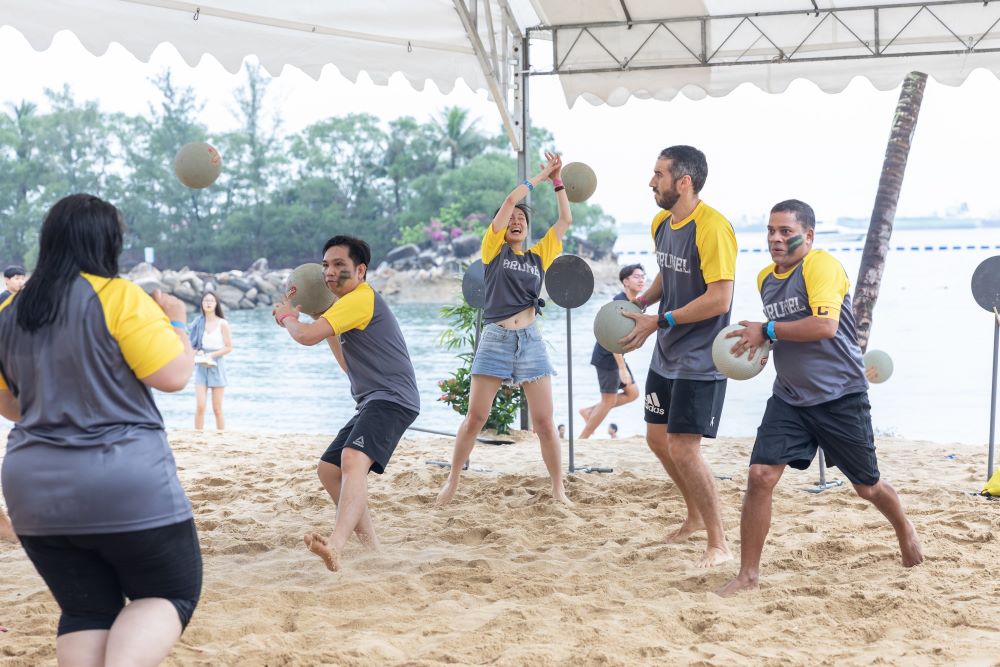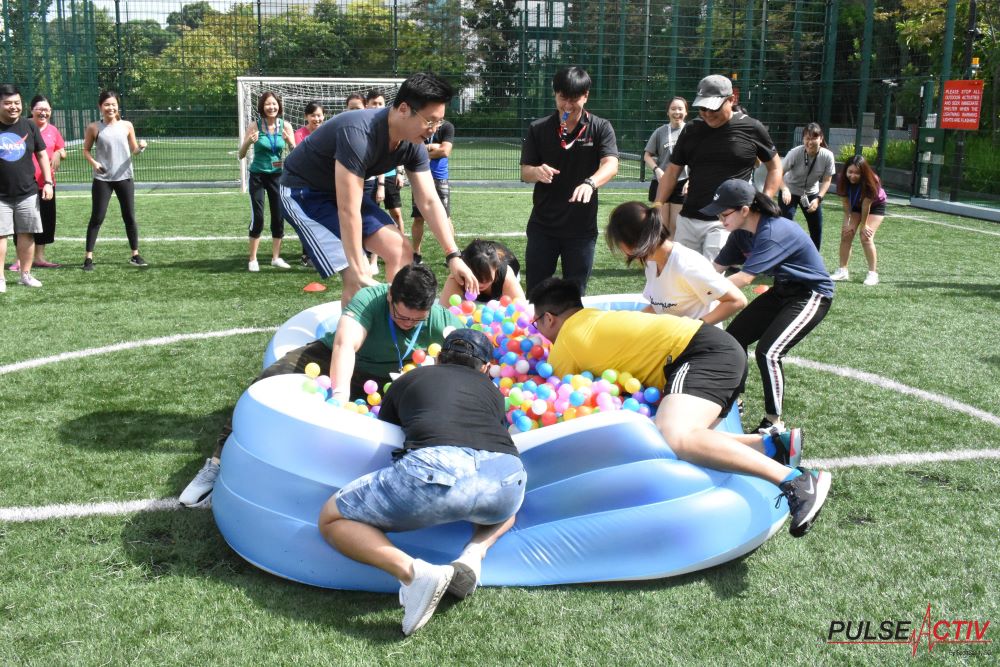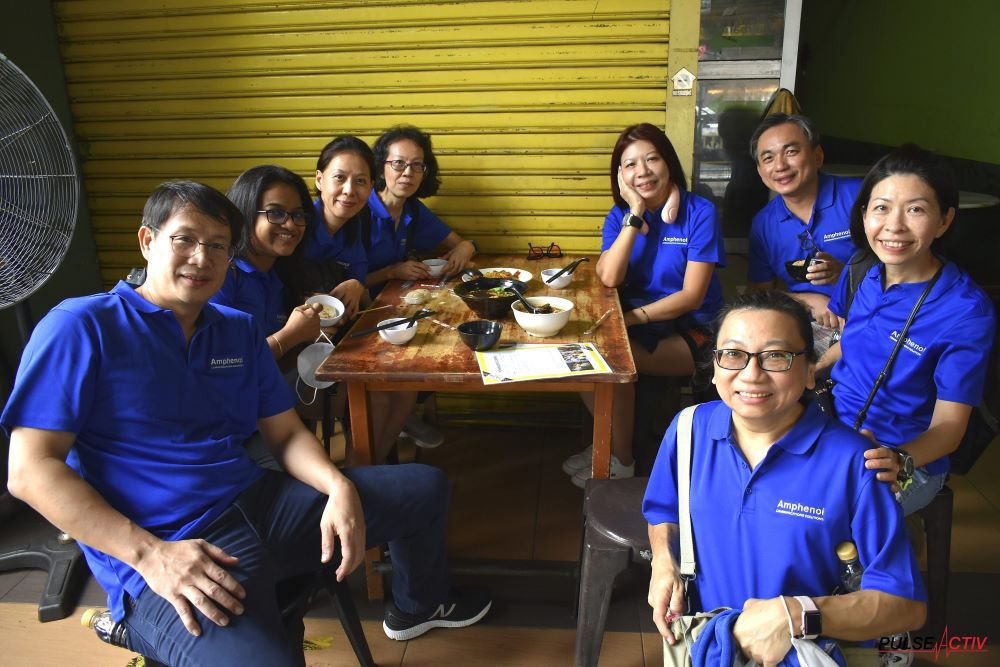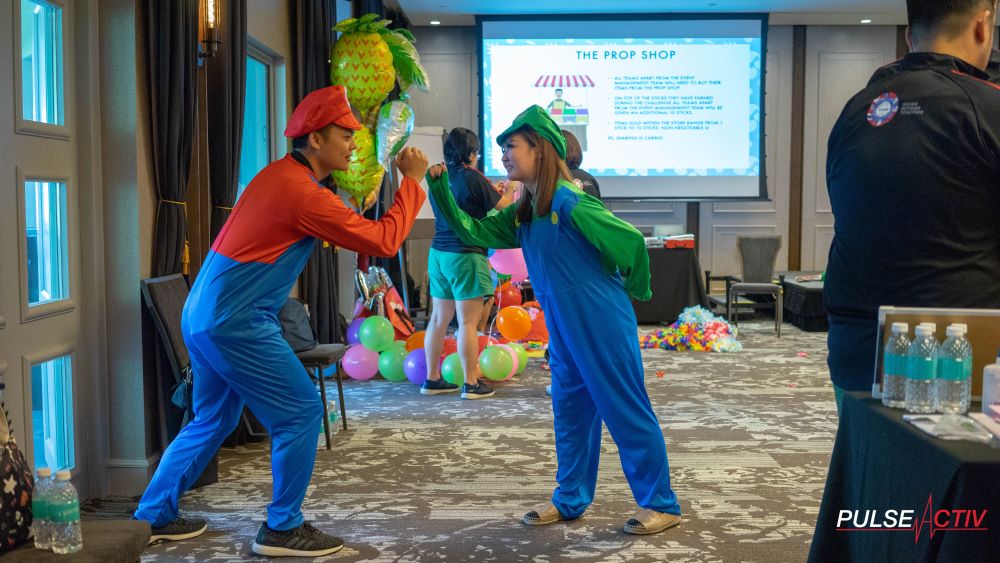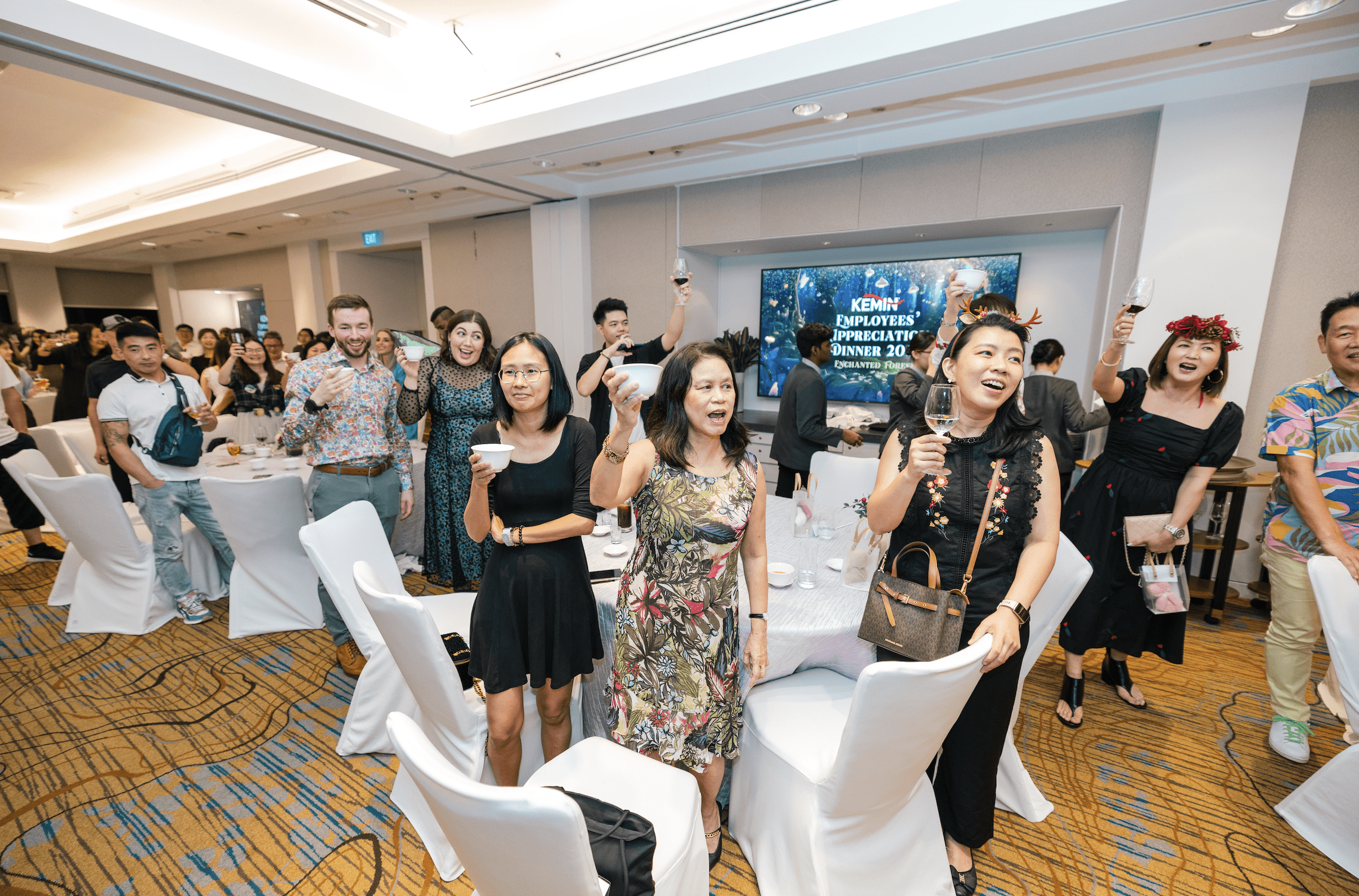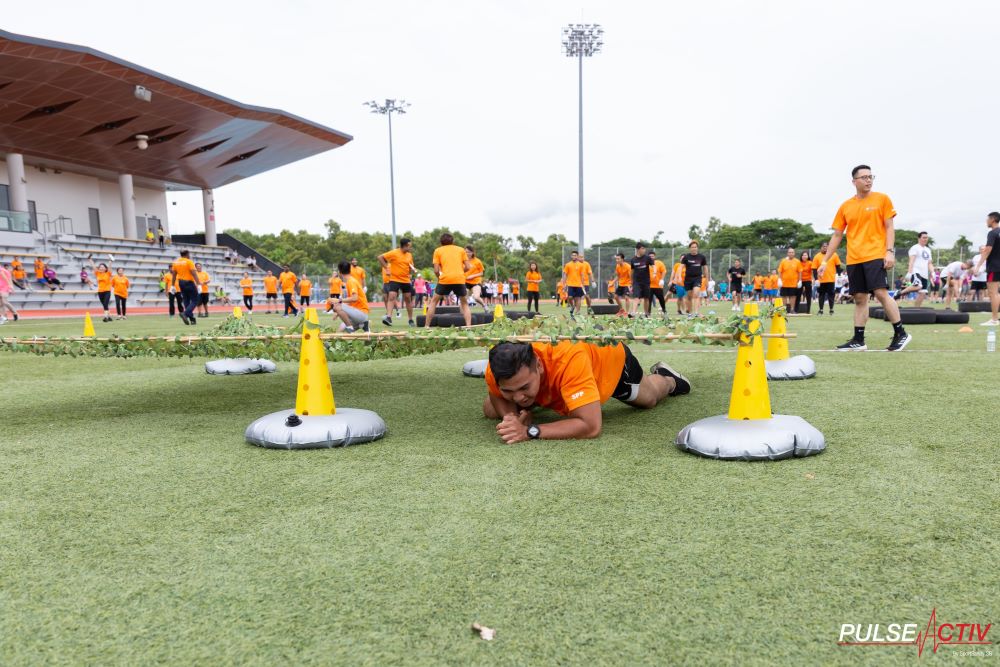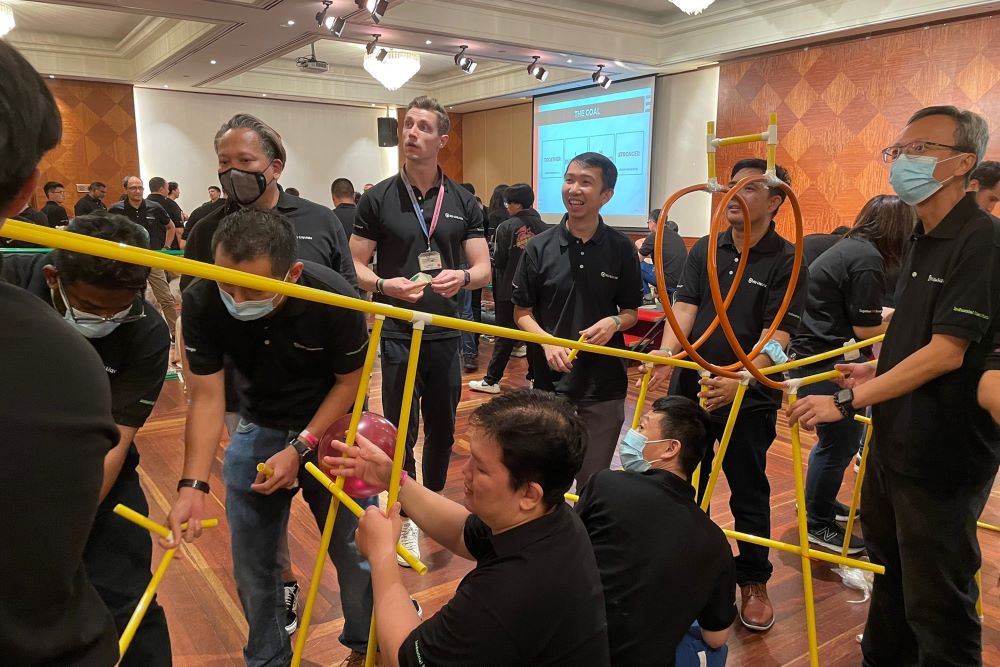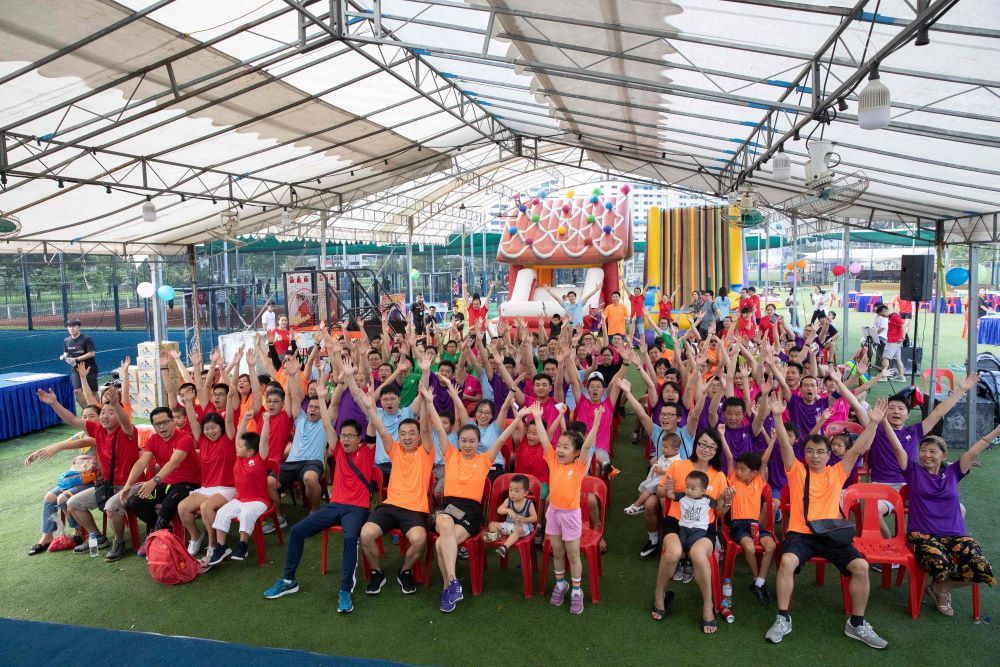The Benefits of PulseActiv's Running Man Program
PulseActiv’s Running Man Program is not only an exciting and engaging team-building activity but also a powerful tool for enhancing various aspects of team dynamics and workplace productivity. Here, we delve into the specific benefits that this program offers to participants and organizations.
Enhanced Communication
Effective Communication Skills
The diverse challenges in the Running Man Program require constant communication among team members. Participants must convey their ideas clearly, listen actively, and provide constructive feedback. These activities help team members develop better communication skills, which are crucial for effective collaboration in the workplace.
Building Trust
Through continuous interaction and collaboration, team members learn to trust each other’s judgment and abilities. This trust forms the foundation for open and honest communication, reducing misunderstandings and fostering a more cohesive team environment.
Stronger Team Bonds
Shared Experiences
Participating in the Running Man Program provides team members with shared experiences that involve both challenges and triumphs. Overcoming obstacles together and celebrating successes strengthens the bonds between team members, creating a sense of unity and camaraderie.
Mutual Support
The program encourages participants to rely on one another for support and assistance. This reliance fosters a culture of mutual support within the team, where members are more willing to help each other and work towards common goals.
Increased Morale and Engagement
Fun and Energizing Activities
Engaging in fun, high-energy activities can significantly boost team morale. The Running Man Program is designed to be enjoyable and exhilarating, helping participants to relax, unwind, and enjoy themselves outside the typical work environment.
Renewed Enthusiasm
After participating in the program, team members often return to work with renewed enthusiasm and a positive attitude. This boost in morale can lead to increased job satisfaction, higher motivation levels, and a more engaged workforce.
Recognition of Individual Strengths
Showcasing Talents
The variety of challenges in the Running Man Program allows team members to showcase their unique skills and talents. Whether it’s physical agility, problem-solving prowess, or creative thinking, every participant has the opportunity to shine.
Boosting Confidence
Recognition of individual strengths can significantly boost participants’ confidence. This increased confidence can translate into better performance in the workplace, as team members feel more valued and capable.
Development of Key Skills
Leadership Skills
The program provides an excellent platform for emerging leaders to step up and take charge. Different missions may require varying leadership styles, allowing participants to practice and develop their leadership skills in a supportive environment. Leaders must motivate their teams, strategize effectively, and make quick decisions under pressure.
Problem-Solving Abilities
Many of the challenges are designed to test and enhance problem-solving abilities. Teams must think on their feet, adapt to unexpected situations, and devise creative solutions to complete their missions. These problem-solving skills are invaluable in a corporate setting, where quick and effective decision-making is often required.
Flexibility and Customization
Tailored to Team Needs
PulseActiv understands that every team is unique, and the Running Man Program can be tailored to meet specific needs and objectives. Whether you have a small team of ten or a large group of a hundred, the program can be adapted in terms of challenge types, difficulty levels, and duration to ensure a perfect fit for your team.
Cultural Integration
For teams in Singapore, PulseActiv can integrate elements of local culture into the Running Man Program. This might include challenges that take place at iconic landmarks, missions that involve local traditions, or puzzles that feature Singaporean history and trivia. Incorporating local culture adds an extra layer of engagement and makes the experience even more memorable.
Conclusion
PulseActiv’s Running Man Program offers a multitude of benefits that extend beyond mere entertainment. By enhancing communication, building stronger team bonds, boosting morale, recognizing individual strengths, and developing key skills, the program provides a comprehensive team-building experience that can significantly improve workplace dynamics and productivity. Whether you’re looking to strengthen your team’s cohesion, develop leadership skills, or simply provide a fun and engaging activity, the Running Man Program is an excellent choice.
For more information about the Running Man Program and to see how it can benefit your team, visit PulseActiv’s Running Man Program.
To head back to read another article in our blog, click here.
